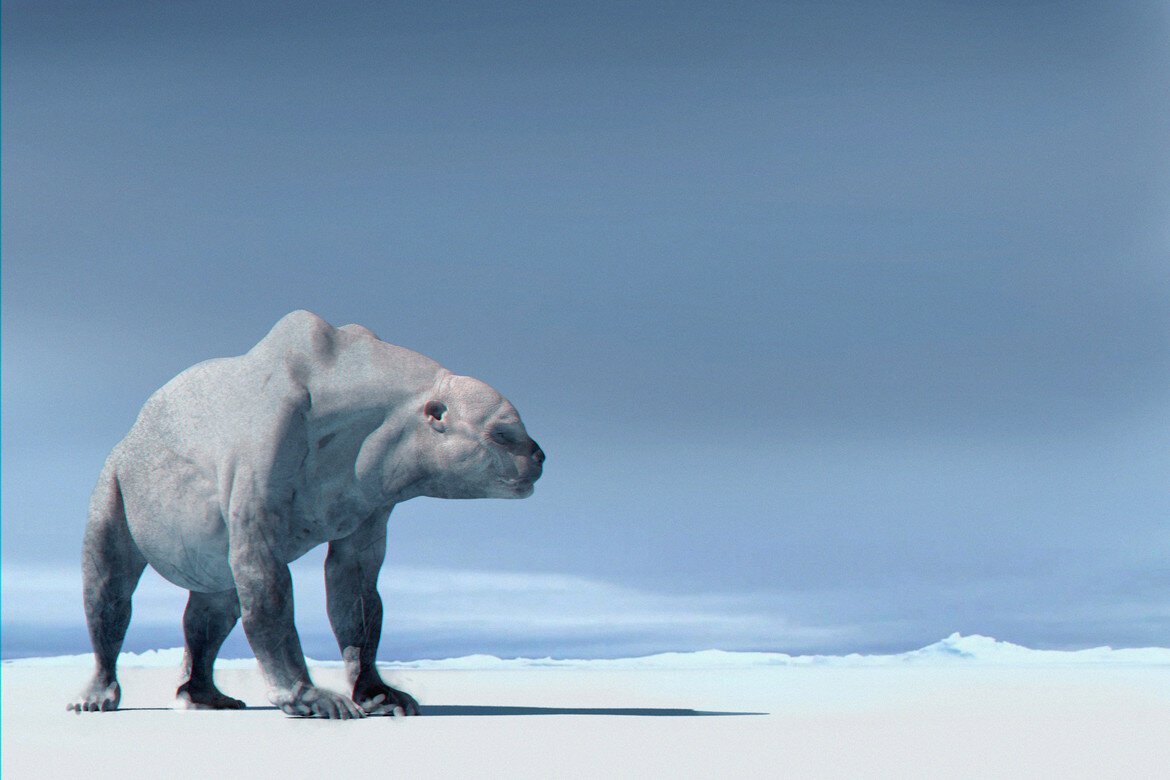Tuunbaq: The Arctic Demon of Myth and Fiction
When it comes to supernatural entities rooted in icy folklore, few are as terrifying and mysterious as Tuunbaq. Popularized in recent years through literature and television, particularly in Dan Simmons’ novel The Terror and its TV adaptation, Tuunbaq is not just a monster—it’s a symbol. One that embodies isolation, ancient spirituality, and the destructive force of colonial intrusion.
But what exactly is Tuunbaq, and why has it captured the imagination of so many? This article dives deep into its origins, meaning, and cultural impact—blending fictional portrayal with mythological possibilities.
What is Tuunbaq?
Tuunbaq is a fictional creature, but one inspired by Inuit themes, polar myths, and psychological horror.
- Introduced in The Terror by Dan Simmons.
- Described as a massive, bear-like creature with spiritual powers.
- Created by a fictional blend of Inuit shamanism and Western literary horror.
While Tuunbaq doesn’t exist in traditional Inuit mythology as presented, it borrows elements from their belief systems—especially the concept of spirit animals and revengeful supernatural beings that dwell in desolate places.
Key Features of Tuunbaq
The creature is terrifying not just in appearance but also in concept. Here’s what makes it uniquely horrifying:
- Shape-shifting traits: Often described with features of polar bears, yet it behaves with an intelligence that makes it more than an animal.
- Spirit consumption: Tuunbaq devours souls, not just bodies.
- Shamanic ties: It has a spiritual connection with Inuit shamans (angakkuit), who either appease or control it.
Symbolism Behind Tuunbaq
Tuunbaq is more than a beast—it’s a metaphor. Here’s how it resonates symbolically:
- Colonial consequences: It represents the backlash of disturbing ancient cultures and natural balances.
- Isolation and madness: Tuunbaq thrives where man is weakest—physically and mentally. It mirrors the slow breakdown of logic in extreme conditions.
- Cultural disrespect: The creature punishes ignorance and arrogance, especially when outsiders tread into sacred land.
Tuunbaq in The Terror (Novel and TV Series)
In The Terror, Tuunbaq serves as an ever-present threat to the doomed Franklin Expedition, an actual historical journey that ended in mystery.
How Tuunbaq Is Presented:
- Haunting presence in the Arctic night.
- Rarely seen fully—adds to the psychological terror.
- Wipes out crew members one by one, with no clear pattern.
Connection to Lady Silence:
- A central Inuit character, Lady Silence, has a spiritual bond with Tuunbaq.
- She represents the last remaining thread between man and spirit in a collapsing world.
This relationship is crucial. It adds moral complexity. Tuunbaq isn’t just evil—it is misunderstood, misused, and triggered.
Real Inuit Mythology vs. Tuunbaq
Although Tuunbaq is fictional, it borrows ideas from Inuit mythology. Inuit spiritual tradition includes creatures and spirits who:
- Protect sacred places.
- Punish those who disrespect nature.
- Interact with shamans in dreamlike, mystical rituals.
Examples from real Inuit lore that resemble aspects of Tuunbaq include:
- Qalupalik – a creature that snatches away disobedient children.
- Amarok – a lone giant wolf that hunts at night.
- Torngarsuk – a powerful spirit often involved in shamanic guidance.
Tuunbaq is a combination of such entities but twisted through a horror lens.
Why Tuunbaq Resonates with Modern Audiences
There’s a reason Tuunbaq has become a memorable creature in pop culture. It taps into deep-rooted fears and modern anxieties:
- Fear of the unknown: Arctic environments are alien to most people. The setting intensifies the creature’s mystery.
- Human arrogance: As a species, we still invade places we don’t understand.
- Environmental guilt: Tuunbaq can be seen as nature’s revenge against exploitation.
Realistic or Supernatural Horror?
One strength of Tuunbaq’s design is its balance between supernatural and grounded horror.
- Biological possibilities: Some speculate Tuunbaq is a mutated predator.
- Spiritual force: Others see it purely as a mythic being punishing colonial disruption.
This duality adds to the viewer’s discomfort. You’re never sure if it’s a metaphor or an actual monster.
Lessons from the Legend of Tuunbaq
The story of Tuunbaq, while fictional, leaves readers and viewers with deeper questions:
- What happens when modern man ignores ancient wisdom?
- Can spiritual connections with nature save or destroy us?
- Are we ready to face the psychological toll of extreme isolation?
These themes elevate Tuunbaq from just a scary beast to a storytelling tool that challenges perspectives.
Table of Headings
| Section | Description |
|---|---|
| What is Tuunbaq? | Overview of the creature and its fictional roots |
| Key Features | Characteristics that define Tuunbaq |
| Symbolism | Deeper meanings behind the creature |
| In The Terror | How the novel and show depict Tuunbaq |
| Inuit Mythology | Real mythological ties and differences |
| Cultural Relevance | Why modern audiences are drawn to Tuunbaq |
| Horror Balance | The fine line between realism and myth |
| Takeaways | Key lessons from Tuunbaq’s story |
Final Thoughts
Tuunbaq is not just a monster—it’s a mirror. It reflects the limits of human understanding, the dangers of cultural disrespect, and the haunting beauty of myth. By combining folklore, survival horror, and psychological depth, the concept of Tuunbaq has found its place in modern storytelling and continues to evolve in meaning with each retelling.
Disclaimer:
This article is based on fictional and myth-inspired content. Tuunbaq, as discussed here, is not a real mythological creature from Inuit culture but a literary creation influenced by Indigenous themes. The aim is to explore its symbolic role, not to misrepresent authentic beliefs.






